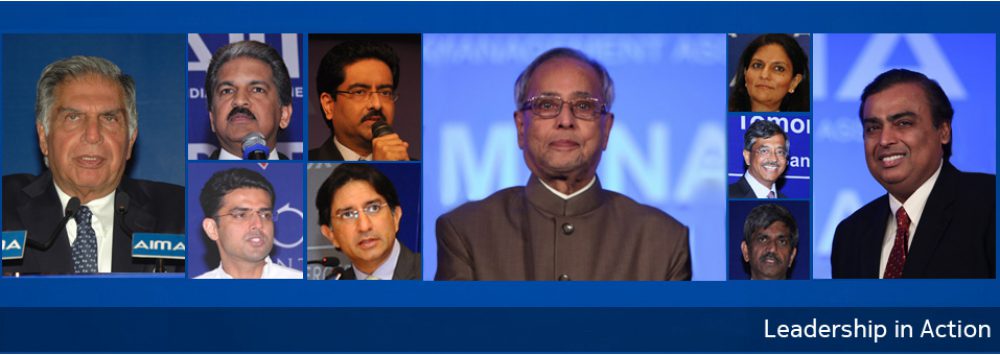While people are more aware of their rights now, the courts have also decided to relax the procedural laws that made justice easily accessible to people, said Justice Indu Malhotra, Former Judge of the Supreme Court of India at AIMA Aspire’s WomenSpeak Session.
[Excerpts below…]
Public Interest Litigation is an essence. It is a petition filed by a public-spirited person who has no personal interest or animus. He brings an issue concerning a public cause before the courts and the courts are only the Supreme Court and the High Court which exercise writ jurisdiction. And he is not the Dominus Litis of the litigation. Dominus Litis means master of the litigation. Suppose he decides to, you know, remove his name from the proceedings, the proceedings will continue if the court finds merit in it. And he is not an aggrieved person. And the nature of these proceedings is not supposed to be adversarial. That is how PILs were conceived at the threshold. of public law litigation was in the United States in the year 1953 with the judgment in the Brown versus Board of Education case wherein they sought to set aside discrimination, racial discrimination between the Americans and black Americans of African origin who were seeking admission to educational institutions.
So, that was really the beginning and certainly I must confess that the Indian courts took inspiration from this judgment. It was in the 1970s that the genesis of PIL started in our country. It was conceived to be a class action. It began in this manner of letter petitions being sent either to the Chief Justice of India or to any member of the judiciary wherein the person would inform the court to look at the disadvantaged sections of society and the kind of sufferings they are going through. For instance, the beginnings really did come from police atrocities of prisoners and there were a whole lot of them. After it emanated in the 70s the PIL jurisprudence transformed the role of the courts from mere adjudication to assume the constitutional obligation or mandate of bringing about, giving meaning to fundamental rights to the socially and economically disadvantaged and backward sections of society.
The key features of PIL include-
- Role of locus standi- She explained that the role of locus standi has been relaxed, as now people of weaker sections can also get justice unlike the traditional concept that only aggrieved persons can bring suit in court led to the deprivation of justice by many.
- Procedural Flexibility- PIL judicial proceedings cases are a lot more flexible than how it used to be. However, the method must conform to the basic tenets and characteristics of Judicial Proceedings.
- Jurisdiction- Any Indian citizen or organisation can move the court for a public interest/cause by filing a petition: In the SC under Article 32. In the High Courts under Article 226.
- Remedial flexibility- PIL departs from traditional locus standi rules. It directly incorporates the principles of Part IV of the Constitution into Part III.
In conclusion, I would say that PIL has now changed the face of litigation and has made a completely different method of doing justice in society. It has made people rethink moving towards the court to enforce any right. Besides, th
e court has also now decided to even relax the procedural laws that made justice easily accessible to people.
Watch the full Session- https://www.youtube.com/watch?v=XdVnsRMw71E




